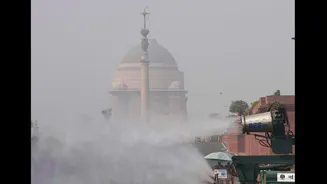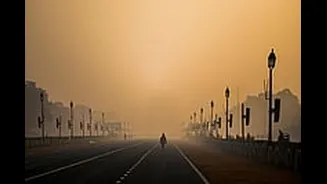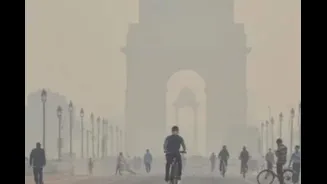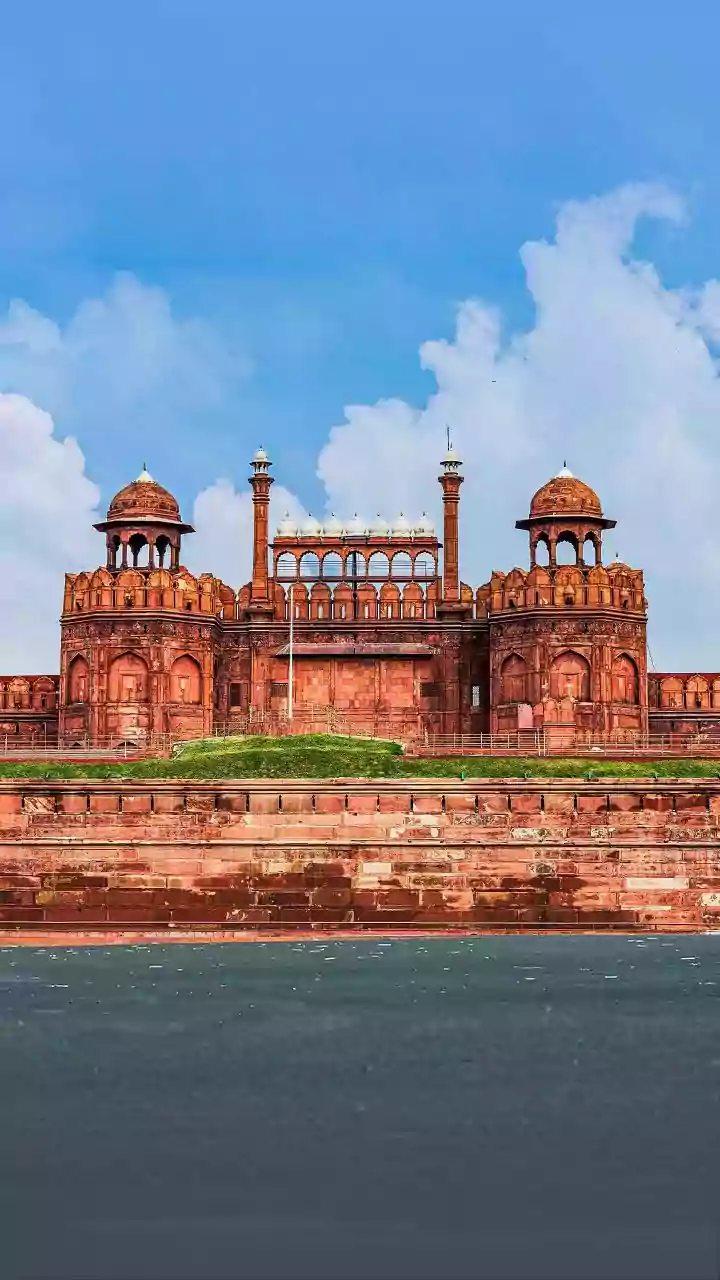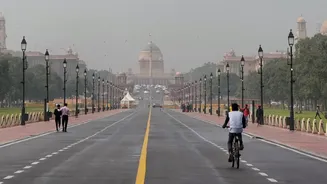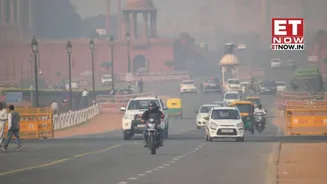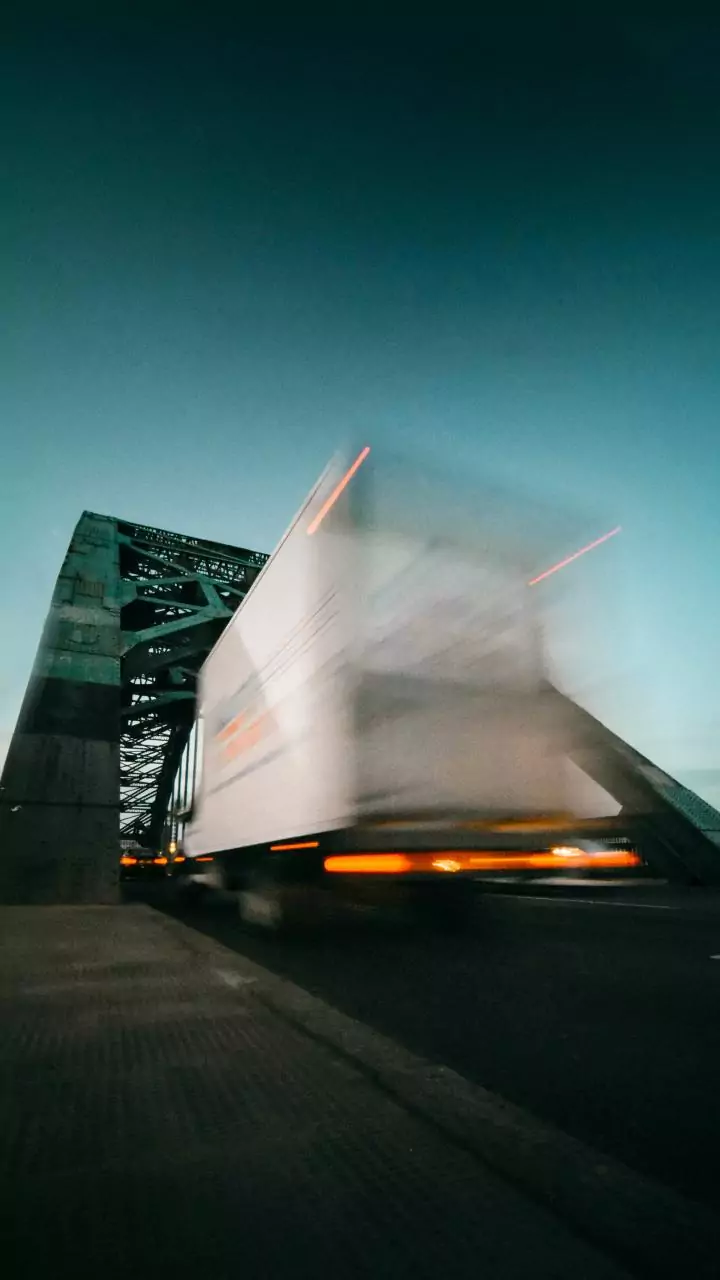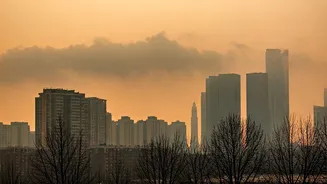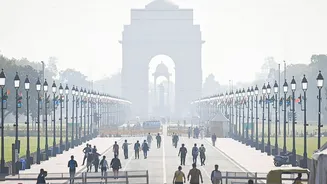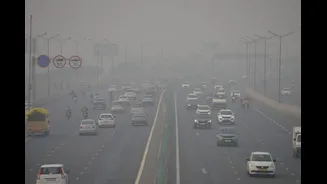On Diwali, Delhiites woke up to choking air as pollution levels soared once again.
The Air Quality Index (AQI) plunged into the ‘severe’ category on Monday morning, with readings around India Gate touching
347, according to the Central Pollution Control Board (CPCB).
Authorities warned that the situation could worsen further due to post-Diwali fireworks and stagnant weather conditions.
Meanwhile, Stage II of the Graded Action Response Plan (GRAP II) has kicked in on Sunday evening as the air quality turned ‘very poor’. Stage I actions which were already in force since October 14.
On Sunday night, 24 of Delhi’s 38 monitoring stations recorded air quality in the “very poor” category, according to the Central Pollution Control Board (CPCB).
The India Meteorological Department (IMD) has forecast that this trend is likely to continue throughout the week, with air quality expected to remain in the “severe” bracket on Tuesday, immediately following Diwali. The spike in pollution has raised concerns over public health, with vulnerable groups, including children and the elderly, particularly at risk.
In response, the Commission for Air Quality Management (CAQM) has instructed all implementing agencies to maintain strict vigilance, especially regarding dust mitigation, and to ensure compliance with timelines outlined in the comprehensive regional air pollution policy.
The surge follows the Supreme Court’s recent order permitting the use of green firecrackers in Delhi-NCR, albeit within restricted hours – from 6 am to 7 am, and 8 pm to 10 pm – and a sales window between 18 and 20 October.
